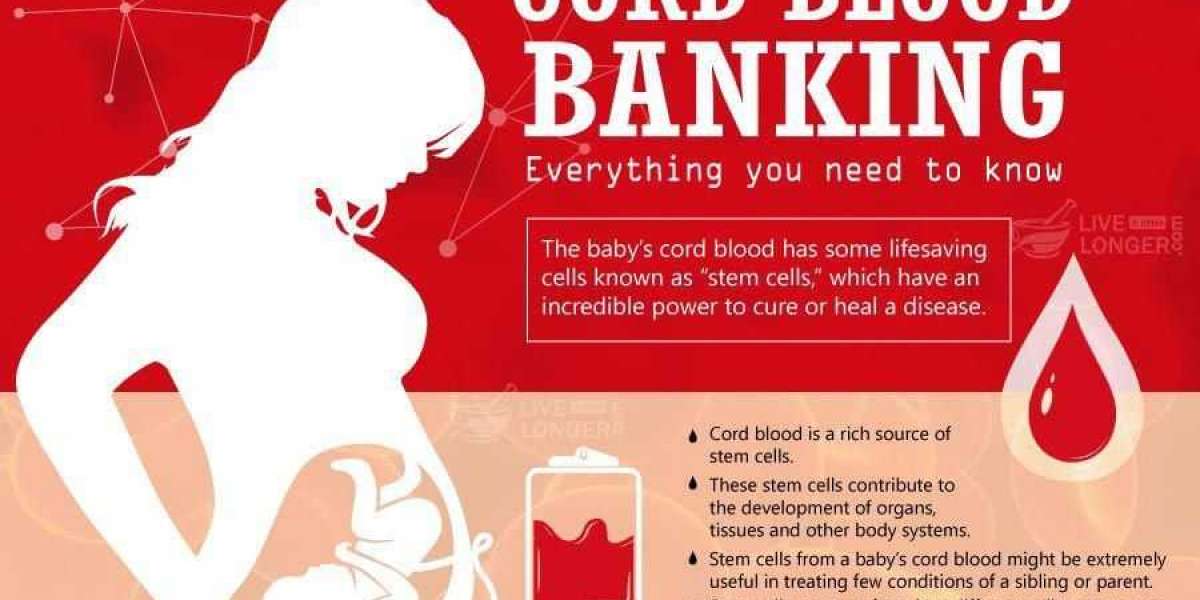Umbilical cord blood (UCB) was once considered a waste product and was discarded with the placenta after delivery. With advances in medicine, it has been found to be a rich source of life-saving hematopoietic stem cells and has saved many lives in the recent decades. Human Leucocyte Antigen (HLA) matching is required to prevent rejection and other transplant related complications. HLAmatched donors can potentially save patients from serious illnesses like malignancies, storage diseases and hematological disorders, but may not be available for the majority of suffering patients.
Characteristics of Umbilical Cord Stem Cells -
Umbilical cord blood (UCB) collected from the umbilical cord differs from the peripheral blood in its properties [1]. It is a rich source of hematopoietic stem cells, which have the properties of self-renewal as well as the ability to differentiate into myeloid and lymphoid cell lineages. DNA in these cells has a longer telomere length, which helps in long time hematopoiesis. The cord blood is also a rich source of mesenchymal cells, which are known to suppress the response of Graft-versus-host disease (GVHD) and has naïve T cells with minimal recognition of foreign antigen [1]. These properties of cord blood cells have been successfully exploited in the treatment of various malignant, hematological and storage disorders by using UCB as a source of stem cells in HSCT. UCB can be cryopreserved and stored for 15 years with efficient recovery of stem cells on thawing.
Cord Blood Banking -
UCB can be collected from the placenta during the third stage of labor (after delivery of baby) or after the delivery of placenta. This process does not pose any risk to the baby or mother. UCB is collected from the umbilical vein into a sterile closed system collection bag containing an anticoagulant solution. Blood from placenta flows through the cord by gravity into the collection bag which is placed lower [1]. Then the bag is transported to the cord blood bank, where it is tested, processed and cryopreserved. There is a loss of blood volume and cell count during these processes. The entire procedure must be performed by properly trained and qualified personnel in a wellequipped laboratory to minimize microbial contamination of the unit and loss of viability of the stem cells.
Public Vs Private cord blood banking -
The first publicly funded cord blood bank was established in New York in 1993 [4]. Cord blood units stored in public banks are available for the patients in need worldwide. A patient from any corner of the world can access the cord blood units in a public bank through search performed by various registries worldwide, if they get HLA-matched. The donors are not charged for the storage process. The recipients who will be using the cord blood units for their treatment will be charged. In a private bank, UCB is stored privately for a particular family which opts for cord blood storage, and can be utilized by the family as the need arise. Public banks collect qualifying cord blood donations from healthy pregnancies and save them in case one of them will be the match to save the life of a patient who needs a stem cell transplant. To learn more about cord blood banking, visit Parent's Guide to Cord Blood Foundation at https://parentsguidecordblood.org/en/public-banking/india







